Gwangju Travel Attractions
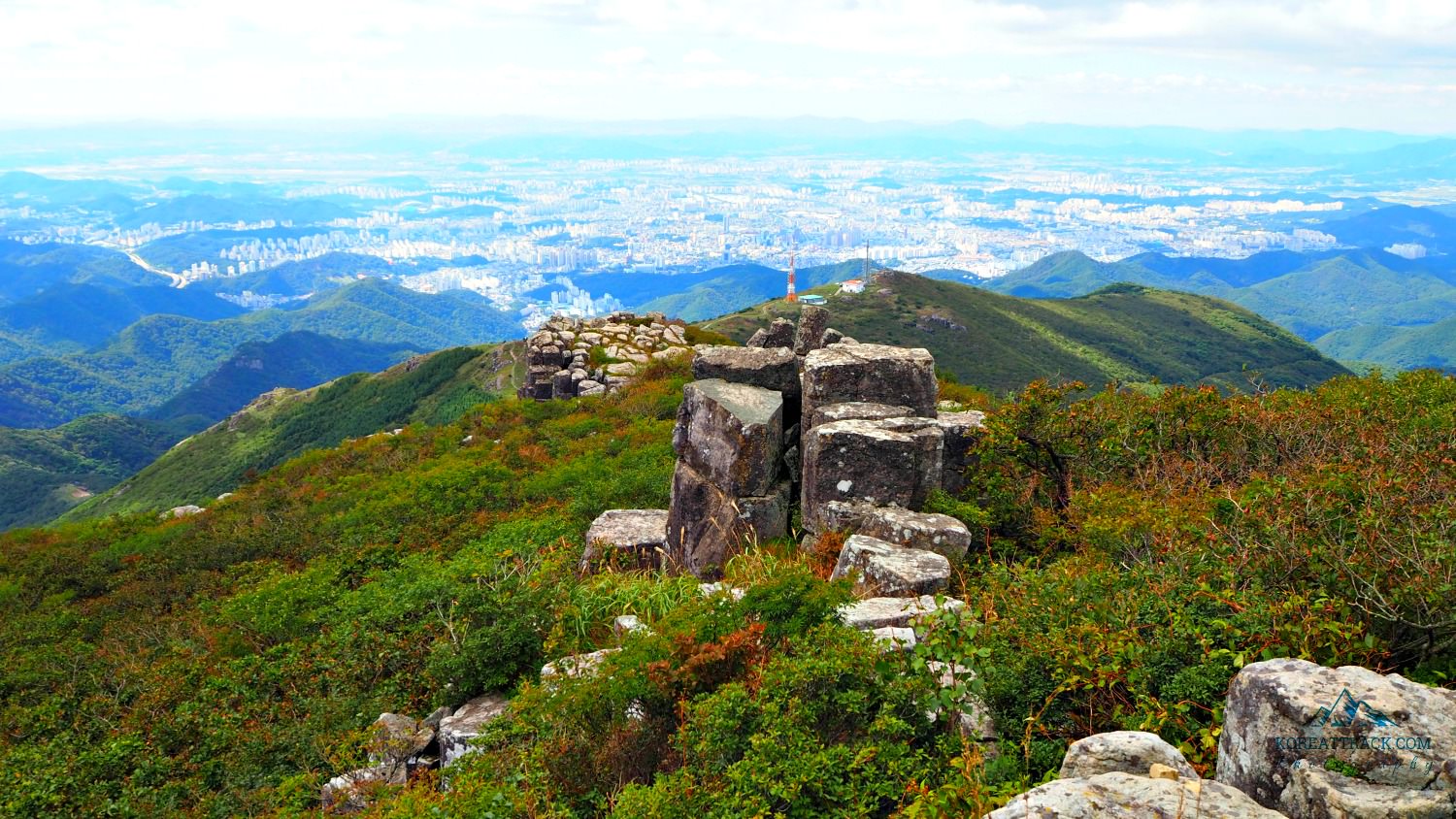 Gwangju Travel Attractions. Mudeungsan Mountain is one of the famous attractions in Gwangju, Jeollanamdo (South Jeolla Province).
Gwangju Travel Attractions. Mudeungsan Mountain is one of the famous attractions in Gwangju, Jeollanamdo (South Jeolla Province).Gwangju Travel Attractions
Gwangju travel attractions offer one of the best you can get in this well-known City of South Jeolla Province in South Korea. Being the 6th largest City of the nation, it certainly does offer exciting travel resources.
This travel and tourism destination city is shining better and brighter these days due to its sustained developments in various respects.
Interestingly, the name Gwangju came from two root words: 'gwang' (means "light") and 'ju' (means "province"). Yes, its name perfectly fits how the City should be considered.
Gwangju City is an expansive area which goes back to how the old Silla Kingdom organized the southern territory.
Therefore, what I'm trying to say is that tourism and travel resources in Gwangju are simply fecund-- fertile, vibrant, exciting, etc.!
Without further adieus, let me enumerate some of the most popular Gwangju travel attractions you can start with for your information.
Gwangju Travel Attractions
You will know that Gwangju City's tourism destinations are unique when compared to other provinces or cities in the country.
Of course, there are some similar themes, but most of them are different and worth visiting and experiencing.
For example, Gwangju City was the center of a popular (but sad part of history) democratic movements in the 1980s. The memorial park of the victims turned to be one of the top must-visit-places in the area.
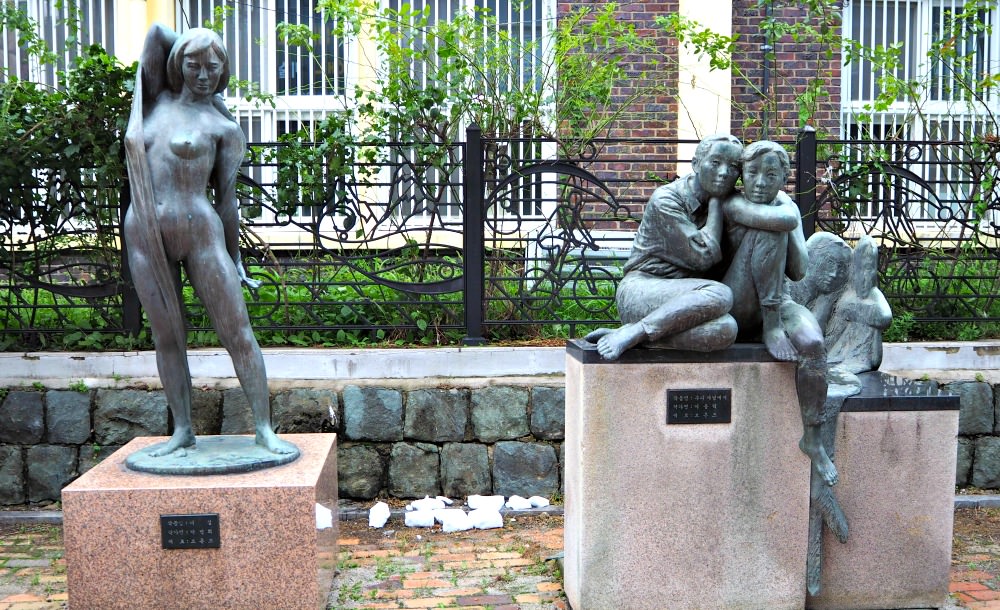 Statues at Gwangju Art Street
Statues at Gwangju Art Street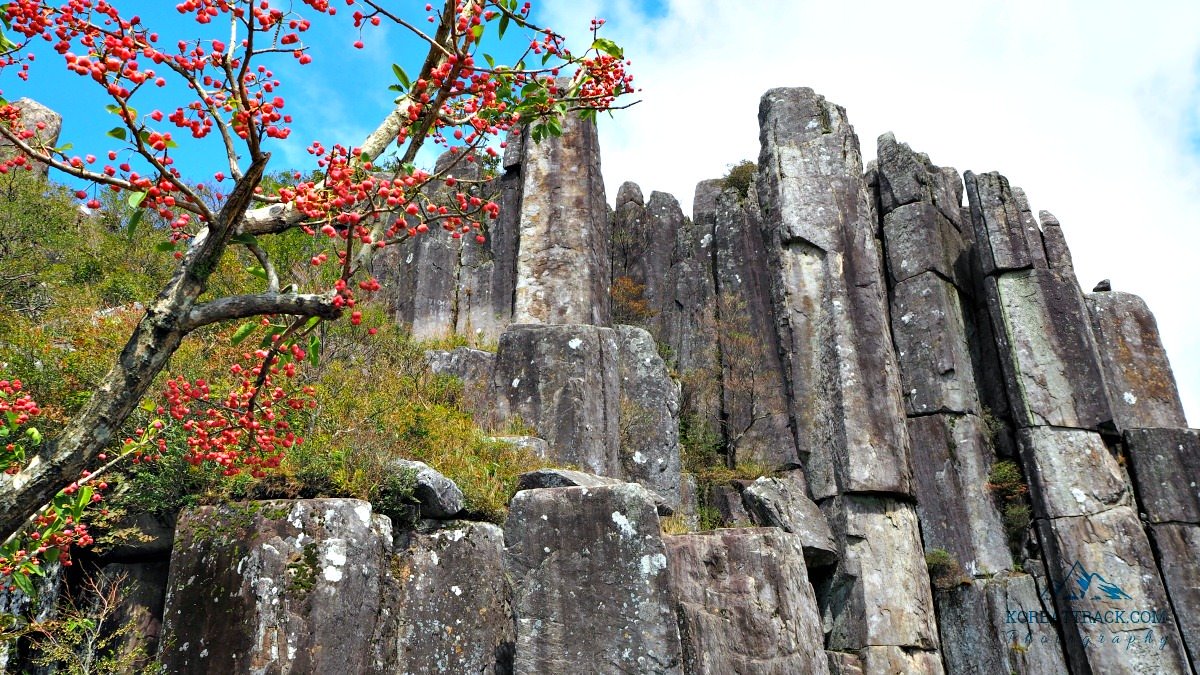 Seoseokdae Rocks on Mudeungsan Mountain
Seoseokdae Rocks on Mudeungsan MountainAlso, the famous Mudeungsan (Mountain) within the City itself is one that puts the City into the spotlight! Alright, here we go...
Asia Culture Center
Asian Culture Complex Bell of Democracy
Bittkoeul Creative Town
Cafe Street
Greenway Park
Gwangju Art Street
Gwangju Culture & Arts Center
Gwangju Ceramic Culture Center
Gwangjuho Lake Eco Park
Gwangju Biennale Exhibition Hall
Gwangju Confucian School
Gwangju National Museum
Gwangju Park
Gyeonggi Ceramic Museum
House of Choi Seung-Hyo
IT Square
Jungoe Park
Mugaksa Temple
Mudeungsan Jeongsimsa Temple
Mudeungsan National Park
Peace Park
Pureun-gil Park
Pungam Reservoir
Sajik Park & Observatory
Ssangam Park
Uchi Park
Wonhyosa Temple
World Cup Stadium
Wolbongseowon
Yangnim-dong Penguin Village
Yandgong Market
1913 Songjeong Market
5.18 Memorial Park
 Buddha statues at Jeungshimsa (Temple), Gwangju City
Buddha statues at Jeungshimsa (Temple), Gwangju CityThere are more of them, but they are enough if you explore Gwangju for just a few days. I reckoned it would take at least three days to complete see all of them.
Of course, you will never go hungry in Gwangju. Lots of local and provincial dishes are everywhere!
IF YOU DIDN'T KNOW: Jeollado's cuisine and dishes are considered one of the best, if not the top, in the country. This could be my bias, but so far nobody disagreed with me, yet!
I was in the area and have consumed almost all kinds of food and banchan (side dishes), and I insist that it is so! Anyways, here are some that you can try when in the area....
Buckwheat Noodles
Duck Soup
Gulbi Jeongshik (fish and side dishes)
Hongeo Samhap (marinated ray)
Marinated Pork Ribs
Marinated Raw Crab with Rice
Sangchu Twigim (fried cabbage)
Sundae Gukbap and Modeum Sundae
Tteokgalbi (beef ribs patty)
Yukjeon (fried mixture of vegetables, seafood, meats, etc.)
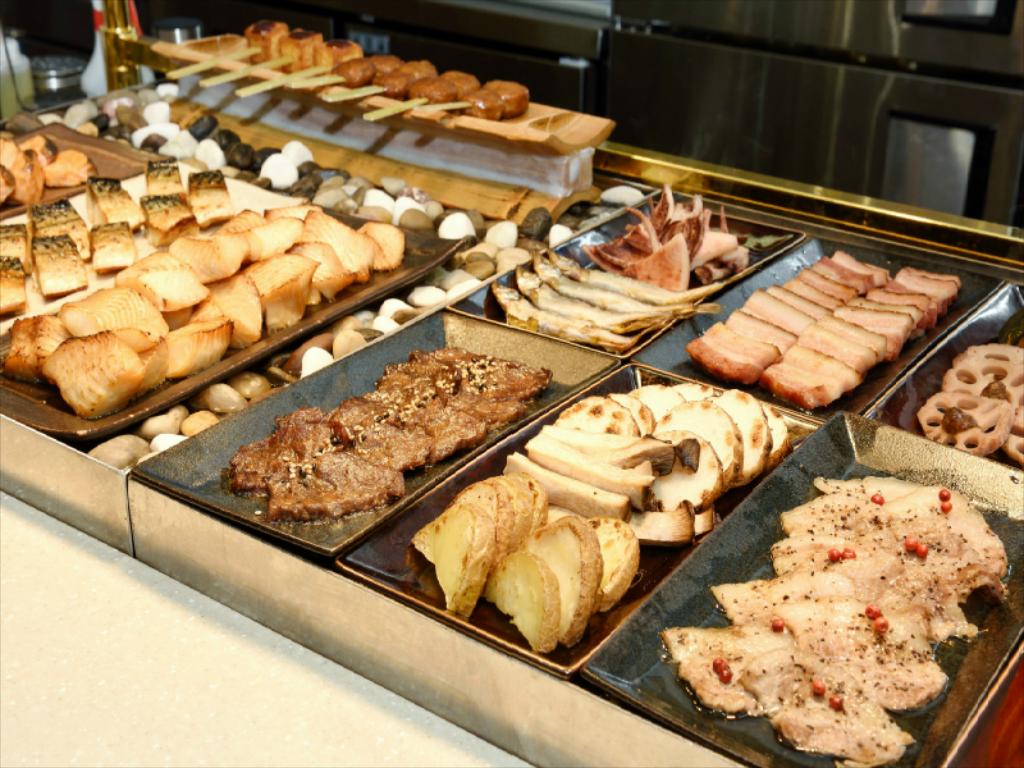 Samples of Korean food being served in both local and international hotels
Samples of Korean food being served in both local and international hotelsBrief Historical Background
Gwangju City was the capital of South Jeolla Province until the capital was moved to Muan County in 2005.
Gwangju, the "light province" was originally recorded as 'Muju'. It was during the Silla Kingdom tried to merged all lands in the area including Ungju, Jeonju, Muju and other surrounding counties.
An Old City. Gwangju was believed to be established in 75 BC. According to the source, Gwangju was one of the administrative centers of Baekje Kingdom.
Struggle for Sovereignty. Gwangju was one of the melting-pots for independence struggle against the Japanese imperial occupation in the country.
The confrontation between Korean and Japanese students in the City in 1929 had sparked a nationwide awareness leading to an uprising against the invader's control of the land.
 Gwangju Democracy Bell Pavilion located on the old regional buildings of the city
Gwangju Democracy Bell Pavilion located on the old regional buildings of the cityCurrent Developments. The expansive area of Gwangju offers vast spaces and venues for economic development activities.
You will find modern industries, structures, sites, and new forms of travel resources. Some industries, such as textile, breweries, automobile, pottery, among many could be places to be included in your list.
Above all, historically, Gwangju was known for its May 1980 civilian struggle against its military dictator (Chun Doo-Hwan). During that historic struggle for a democratic government, the dictator suppressed the demonstrators that turned into a violent situation.
The victims who did not survive the encounter, they were buried and respectfully marked with their graves inside the Gwangju Memorial Cemetery.
 Statue at Geumnamro (Street) where the Gwangju Democratic Movement happened on May 18, 1980
Statue at Geumnamro (Street) where the Gwangju Democratic Movement happened on May 18, 1980As I mentioned, the memorial is one of the popular places to visit and pay respects to the victims and heroes of the struggle for human freedom and dignity.
Now, if your feet are feeling itchy now to get there, let me provide a useful transport guide for Gwangju below.
Getting to Gwangju City
All public transports available in Korea can bring you directly to Gwangju City. Trains (fast and not so fast), Buses (express and non-express), cars, taxis, and even airplane are so accessible.
KTX (high-speed rail)
You can take KTX from Seoul Station or Yongsan Station in Seoul for Gwangju City.
You can purchase for any of the two KTX stations in the City: Gwangju Station and Gwangju Songjeong Station. Gwangju Songjeong Station is mainly used because it connects you to Gwangju Subway and its local bus systems.
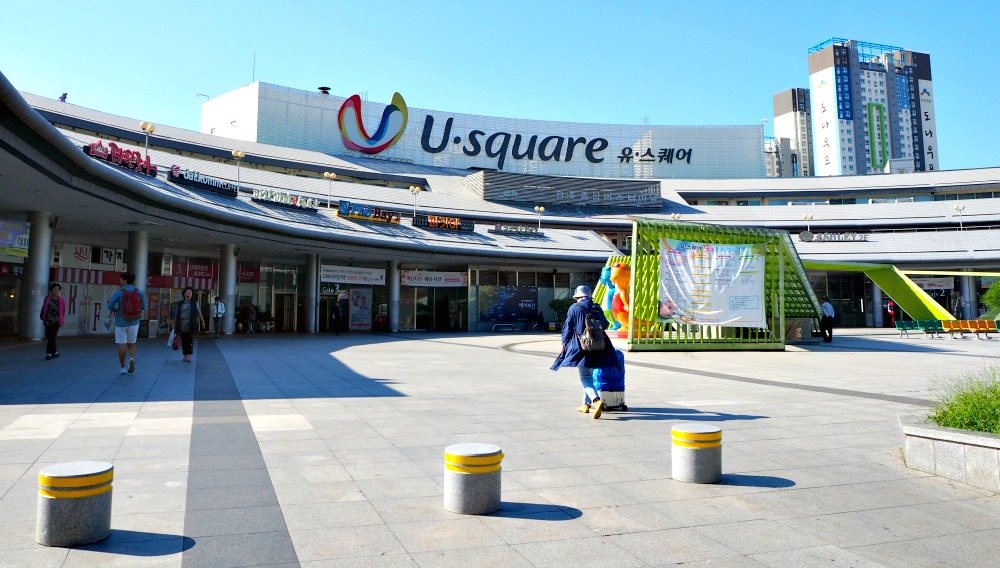 U-Square is a multi-plex structure that includes Gwangju Bus Terminal of the city
U-Square is a multi-plex structure that includes Gwangju Bus Terminal of the cityVia Airplane
If you are taking a plane for Gwangju from Seoul, you can fly from Gimpo Airport. It is quite comfortable to do due to the location of Gwangju City's airport in the City itself.
Gwangju Buses
Many Koreans can speak English quite well. So, language is not a problem when you travel. Even buses and subways speak English!
Yes, don't worry where to get off as most of the buses in Gwangju announce bus stops in some (a couple) foreign languages, including English, Chinese, and Japanese.
Local buses (excluding the Subway and KTX), comfortably connect you to the intercity Gwangju Bus Terminal called U-Square. Surely, this helps you explore much easier the City.
Find out more about Gwangju through its official tourism guide here.
Thanks for reading this Gwangju travel attractions article and I hope this is useful.
Have a safe and enjoyable travel.
- Home
- Gwangju Travel Attractions
Get Exciting Activities
Book one of our exciting activities today to experience the thrill of a lifetime! Take advantage of this opportunity and secure your spot in advance.
Hotel Map Guide
Find your affordable, accessible, and comfortable hotel in Seoul at Agoda.Com. See the hotel map below...
Hotel Booking Guide
Find affordable and amazing hotels on Agoda.com using the search box below. Book now to enjoy great discounts and save!


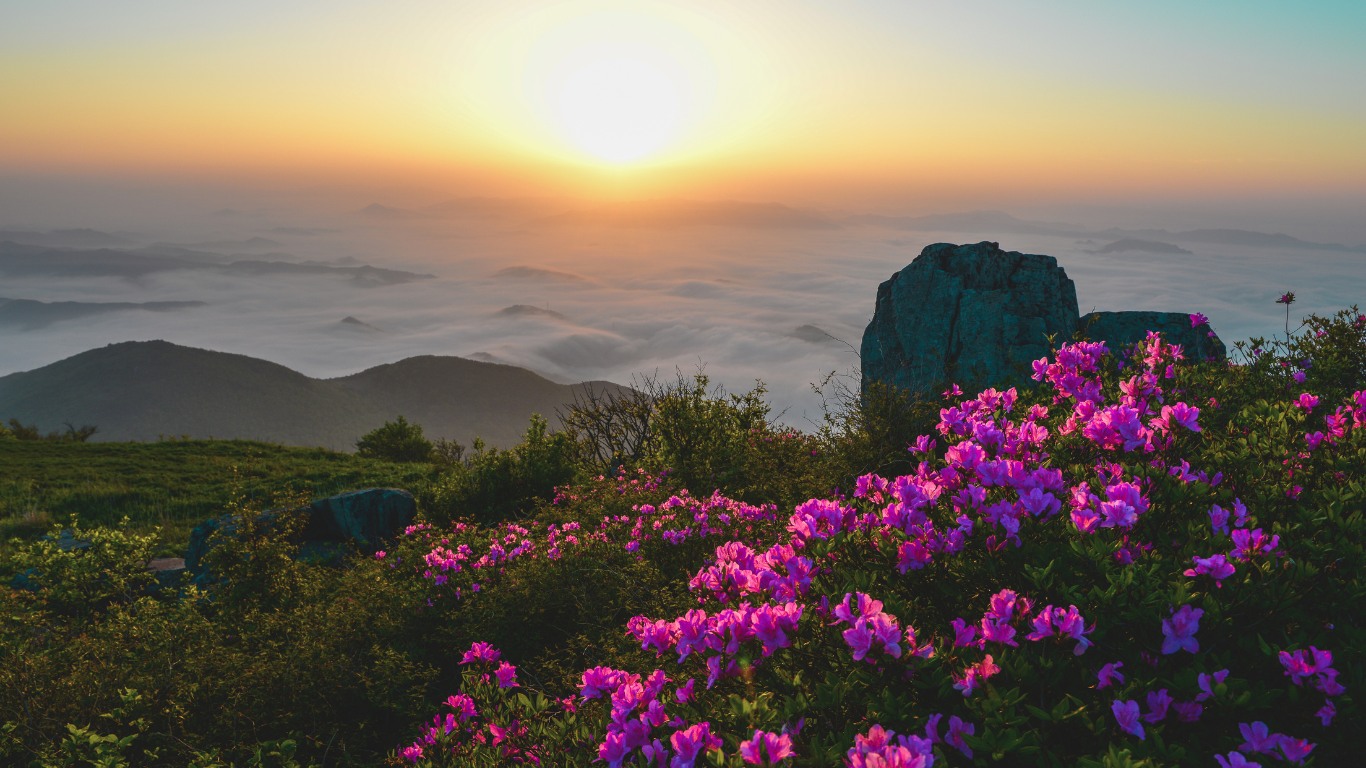




New! Comments
What do you think about this page? Leave me a comment in the box below.